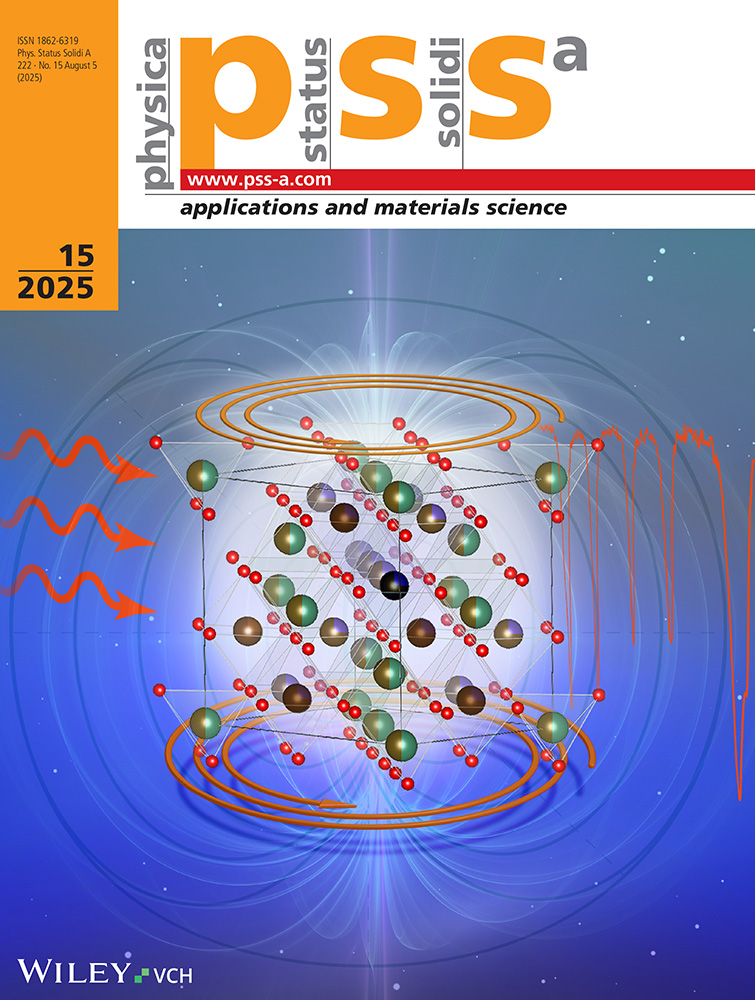Charge Transport Mechanisms in Single Crystalline Yttrium Iron Garnet as Resolved by Magnetic Relaxations
Abstract
enSingle crystalline Yttrium Iron Garnet (YIG) has been irradiated at T ≈︂ 80 K with 3 MeV electrons to a dose of ≥1019 e–cm–2 and the recovery of the induced lattice damages, after systematic annealing over the temperature range 80 K > Ta > 1400 K, is carefully investigated by means of magnetic after-effect (MAE) spectroscopy, covering the range 4 K > T > 500 K. The wide extension of recovery is attributed, besides to Fe3+ and Fe2+ interstitials and their associated d- and a-site vacancies, especially to the larger, and hence less mobile, Y3+ interstitialcies and their c-type vacant sites. The obtained data allow to resolve various charge transport mechanisms: (i) tunneling of electrons in combination with intra-atomic excitations in the low-temperature zone (4 K > T > 55 K); (ii) small-polaron hopping, extended over the range 80 K > T > 350 K; (iii) primarily radiation-induced, Debye-type ionic reorientation processes with peak temperatures near to 250, 325 and 400 K.
Abstract
deEinkristalliner Yttrium-Eisen-Granat wurde bei T ≈︂ 80 K mit 3 MeV-Elektronen auf eine Dosis von ≥1019 e–cm–2 bestrahlt und die anschließende Erholung der Gitterfehler, nach systematischem Anlassen ?ber einen Temperaturbereich von 80 K > Ta > 1400 K, mit Hilfe magnetischer Nachwirkungsspektroskopie im Gebiet 4 K > T > 500 K sorgfältig untersucht. Der weit ausgedehnte Erholungsbereich wird, neben Fe3+ und Fe2+ Zwischengitter-Ionen und deren zugehöriger d- und a-Platz Leerstellen, hauptsächlich den größeren, und damit unbeweglicheren, Y3+ Zwischengitter-Ionen und ihren c-Platz Leerstellen zugeordnet. Die gewonnenen Daten erlauben eine deutliche Unterscheidung folgender Ladungstransport-Vorgänge: (i) Tunneln von Elektronen in Verbindung mit intra-atomarer Anregung (4 K > T > 55 K); (ii) Klein-Polaron-H?pfen im Bereich 80 K > T > 350 K; (iii) bestrahlungsinduzierte, durch Ionensprünge verursachte Debye-Prozesse mit Maximumtemperaturen von 250, 325 und 400 K.




